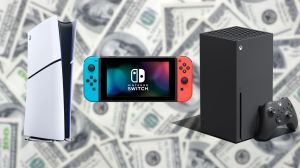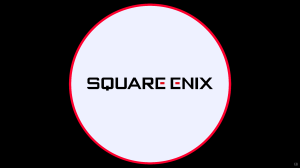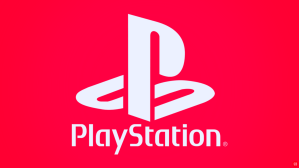Sudden changes to the cost of PlayStation 5 products, announced today by Sony, appear to have triggered a surge in purchases ahead of the price increase tomorrow. Earlier today, Sony announced price increases for PlayStation 5 systems, which include: PlayStation 5 at $549.99, PlayStation 5 Digital Edition at $499.99, and PlayStation 5 Pro at $749.99. Each of these versions of the PlayStation 5 will now be $50 more expensive in the United States market.
Videos by ComicBook.com
Following the announcement, versions of the PS5 Slim are now listed as sold out on the PlayStation website, and with just hours to go before the price increase, more products will likely show a “currently unavailable” tag due to the impending change. US gamers have already been fighting a war against price increase announcements from Xbox and Nintendo this year, and it seems that Sony is now joining the fray, as the prices of video game products appear to be determined to rise before the holiday season.
But why are they raising prices now, especially after gamers are already experiencing intense sticker shock? Sony was not very specific about the reasons for the price increase, only citing tough economic conditions. However, the fact that this price increase will only affect the US points reflects consumer fears that global trade issues will also be responsible for driving up video game prices in that region.
In April, Sony raised prices for the PlayStation 5 console in Europe, Australia, and New Zealand, citing a “challenging economic environment.” Sony, a Japanese company, again made a vague reference to global conditions affecting their business in this new announcement, reusing the exact phrase in the statement.
“Similar to many global businesses, we continue to navigate a challenging economic environment,” wrote Isabelle Tomatis, Vice President, Global Marketing of Sony Interactive Entertainment, in the new statement. “As a result, we’ve made the difficult decision to increase the recommended retail price for PlayStation 5 consoles in the U.S. starting on August 21.”
This price increase echoes similar efforts by Microsoft and Nintendo earlier this year to raise prices on games and hardware. At the beginning of the month, citing “market conditions,” Nintendo announced price increases of $40-50 on Nintendo Switch systems in the United States, with smaller increases on accessories such as Joy-Con 2 controllers.
Microsoft had announced planned price hikes on first-party games to $79.99 back in May, as well as $80-$100 price increases on its consoles. However, after a wave of online backlash, Microsoft was forced to reverse course somewhat and brought “full-priced holiday releases” back to $69.99 and “in line with market conditions.”
Now that Sony has joined forces with the other major players to raise prices in the United States, this creates a more secure environment for Microsoft and Nintendo, which can now raise prices without fear of being undercut by the competition.
How many more price increases can we expect before the holiday season arrives, and will changing economic conditions lead to these prices decreasing again in the future? If not, we may be entering an unprecedented era of rising video game prices, putting more pressure on consumers to switch to cheaper and more convenient alternatives, such as subscription services, to access their gaming experiences.









